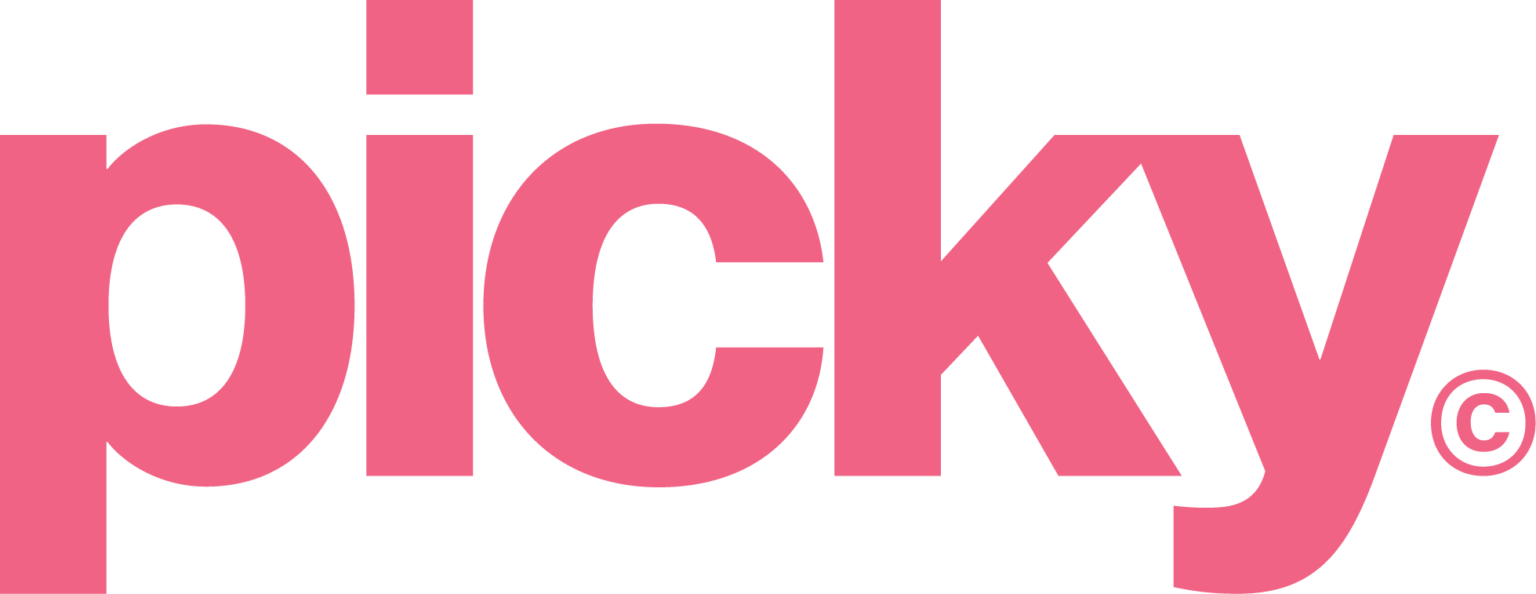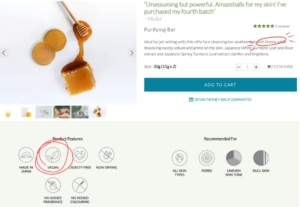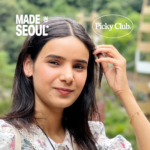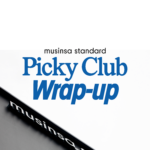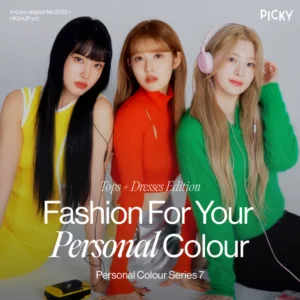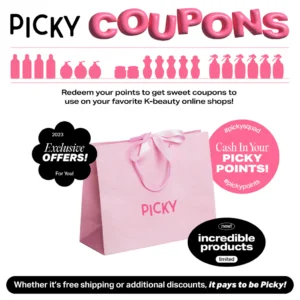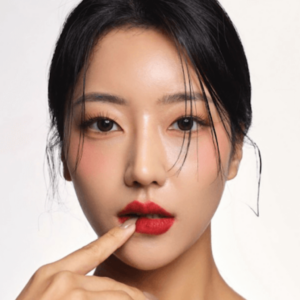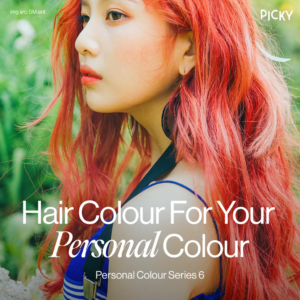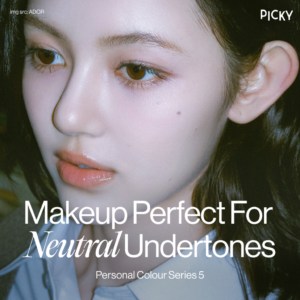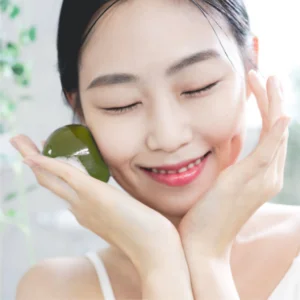What is animal testing?
Animal testing is the reason behind the rise of cruelty-free beauty. Animal testing, in which finished (cosmetic) products or individual ingredients are tested on animals, have traditionally been a final step undertaken by brands in the manufacturing process to ensure that the product is safe for human use. The industry has commonly carried out testing on animals such as rabbits, mice and rats. However, this practice has caused lasting pain, suffering and even eventual death of the animals.
What is cruelty-free beauty?
By 1996, animal activists groups have raised sufficient visibility to the problem and have begun a ‘cruelty-free’ shopping and consumption movie to reasonable success. The fundamental principles of cruelty-free beauty can be summarized into the following points:
- Products are not tested on animals at any point during production. This also means that raw materials/ingredients sourced by the manufacturer also have not gone through initial animal testing by their suppliers.
- Manufacturers have not commissioned for third-party testing on animals on their behalf.
- At the point of export, animal testing is also not conducted in areas/countries where local law requires it. A good example would be beauty brands that export to mainland China, where animal testing is legally required. While popular brands like Laneige do not test on animals during production, they export their products to China, and carry out animal testing there as part of the mandated law. This makes Laneige not cruelty-free.
Our sources
There have been various organizations and committees established to champion the cruelty-free cause. Picky has identified a mix of international and Korean organizations and notable individuals that have dedicated themselves to creating reliable verifying procedures and validation standards for identifying cruelty-free brands. Here are the list of sources that we have referred extensively from:
- PETA’s Beauty Without Bunnies Program
Undoubtedly the leader in the fight for animal rights, PETA is “is the largest animal rights organization in the world, with more than 6.5 million members and supporters”.
We have referenced and included brands in PETA’s Beauty Without Bunnies Program, which boasts of a stringent set of requirements that brands have to comply with in order to be certified as cruelty-free by the organization:
In order to be listed as cruelty-free by PETA’s Beauty Without Bunnies Program, all companies and brands must submit a legally-binding Statement of Assurance signed by their CEO verifying that they and their ingredient suppliers do not conduct, commission, pay, for or allow any tests on animals for ingredients, formulations, or finished products anywhere in the world and will not do so in the future. Companies applying to the program must also submit detailed paperwork that describes how the companies test their products, where they are sold, what kinds of products they offer, and what kinds of ingredients they use. We also require all companies to have agreements in place with their suppliers that no animal testing is done at any stage on any of the ingredients or raw materials they supply to the company for its products.
While PETA’s regulations appear to be held at the strictest standards, the Picky team has found the list to be not the most all-encompassing with missing brands. Also, non-American/European brands are comparatively less represented on the list, because of difficulties involved in applying to be part of the international program.
- Coalition for Consumer Information on Cosmetics’ (CCIC) Leaping Bunny Program
The CCIC is another source that we have used to identify cruelty-free brands. The organization was formed by eight international animal protection groups, and maintains the Leaping Bunny Program.
Significantly, companies which are owned by non-certified parent companies are allowed to be on the Leaping Bunny list, as long as they are stand-alone subsidiaries with their own supply chains, and can prove that they meet the requirements of the Leaping Bunny Program. This has allowed for a more diverse list of cruelty-free brands, which Picky has included in our current cruelty-free tag.
- Cruelty-Free Kitty
Our extensive research on cruelty-free beauty also led us to Cruelty-Free Kitty, established in 2014 and run by founder and cruelty-free advocate Suzana Rose. Despite being an individually-run platform, Suzana’s efforts include individually calling up specific brands to clarify and gain a better understanding of their manufacturing practices. We love a girl who is meticulous and goes the extra, personal mile to check big corporation receipts, and for that reason, have included her list of cruelty-free brands in our own Picky tag.
- Korean Animal Rights Association (KARA)
A South Korean law was introduced in 2017 to limit animal testing, transforming the manufacturing process of the K-beauty industry. The law stipulates that cosmetics manufacturers should not make any products that include ingredients tested on animals, and also bans the testing of products on animals and the distribution of products that have been tested on animals. There are a few exceptions, most notably giving manufacturers the permission to perform animal testing for products which will be exported to countries that require it (for example, the mainland Chinese case mentioned earlier).
KARA was established in 2002 as a South Korean organization dedicated to identifying cruelty-free brands domestically. We have included KARA’s extensive list of K-beauty cruelty-free brands to our cruelty-free tag. Expect to find cruelty-free products across international and K-beauty categories when you check the cruelty-free filter!
Like what you just read? Click here to view the complete list of exclusive filters, carefully maintained by Team Picky.
